All about bamboo
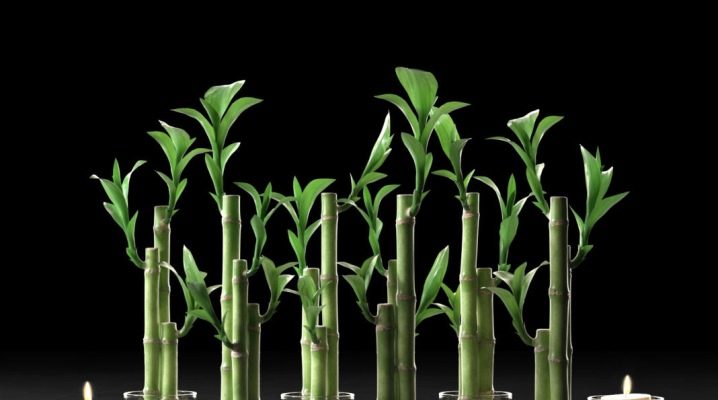
It is now very easy to learn everything about bamboo, including the peculiarities of its cultivation, including at home. A large amount of relevant information is published, including instructions that describe step by step all the procedures provided for by agricultural technology. The increased interest in this plant is due to its uniqueness. Today bamboo is widely used as a building material. In parallel, it has become a popular houseplant appreciated for its outstanding decorative qualities.
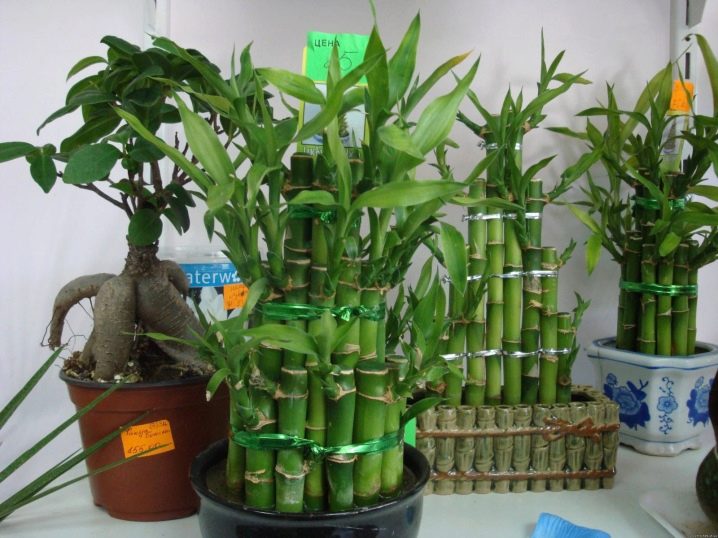
Is it grass or tree?
One of the key features of bamboo is that outwardly it looks like both grass and a tree... Moreover, many mistakenly consider it to be a tree. But in fact, the considered representative of the flora belongs to herbs, and, most interestingly, is a relative of rice and wheat.
However, unlike them bamboo is not eaten. And also it should be borne in mind that its shoots are herbaceous and lignified.
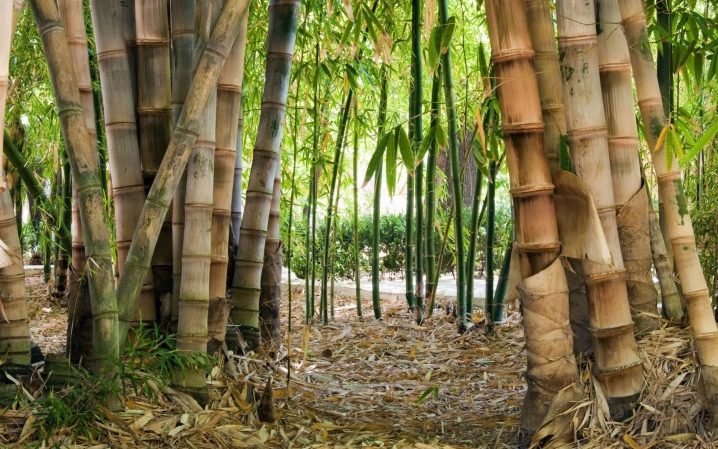
general description
The described exotic plant is a perennial, which is a member of the cereal family... Wild bamboo grows in tropical regions of Asia and Europe, America, Australia, Africa, and also feels quite comfortable in Oceania. It is important to note that in its natural habitat, this representative of the flora, unique in all respects, reaches incredible sizes (up to a record 50 meters).

It is worth highlighting the following key features of bamboo.
-
Lignified stems with branched tops, also called straws, are characterized by record growth rates. By the way, this plant is rightfully considered the champion among the fastest growing representatives of modern flora.
-
The leaves have very short petioles and are lanceolate. It is important to note that single or grouped multicolor spikelets are formed on shoots with scaly leaves.
-
The blooming of bisexual flowers occurs only once in several decades. However, in such situations, abundant flowering can be observed. It is noteworthy that it begins almost synchronously in all members of the population.
-
After full ripening, the caryopses turn out to be outside. and are spread over impressive distances by representatives of the fauna or by water.
-
As soon as the fruiting period ends, the bamboo dies off.... In some cases, the root system may be preserved.
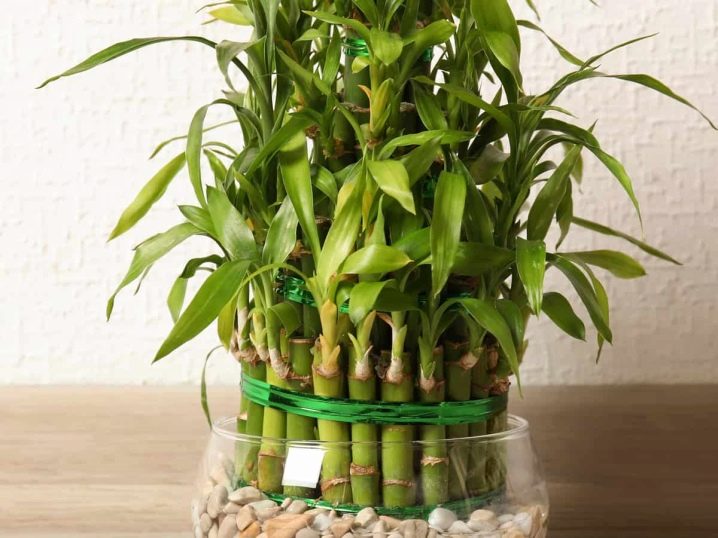
In addition to all of the above, it is worth focusing on the fact that bamboo is quite hardy. But this does not mean that when it is grown on plots in regions with a harsh climate, certain difficulties cannot arise.
It is important to follow the rules of agricultural technology and properly prepare the plant for wintering.
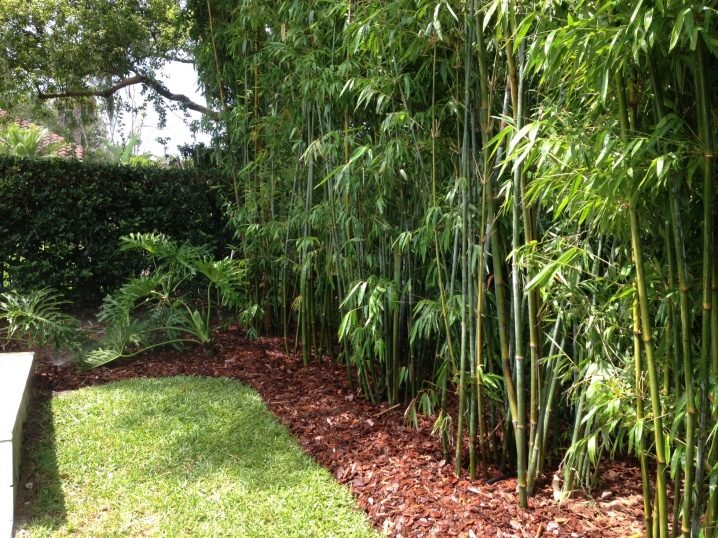
Types and varieties
Cultivated today, representatives of the described family are divided into straight-stemmed and herbaceous, small in size. It is worth highlighting the following most popular and common varieties.
-
Ordinary - a herbaceous plant, classified as deciduous, with stiff, ligneous and densely leafy stems of a rich yellow color. And also the features of the stems are thick (from 40 to 100 mm) walls and a height of up to 20 m. They are variegated, as well as green and yellow-stemmed.
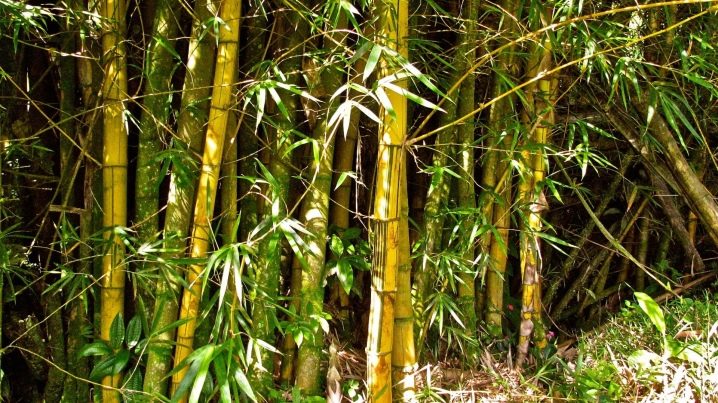
- Saza - is characterized by maximum frost resistance. The genus includes about 7 dozen varieties, and in the wild these bamboos can be found in Central and East Asia. The main distinguishing feature is the formation of dense thickets.
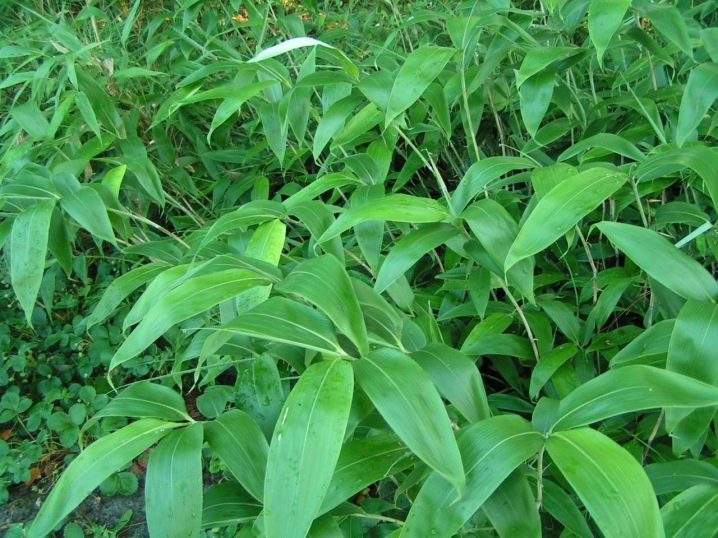
- Fargesia - Chinese bamboo, whose natural habitat is mountainous regions. This genus was once discovered by French missionaries back in the 1880s. Today it is represented by four dozen varieties of evergreens.
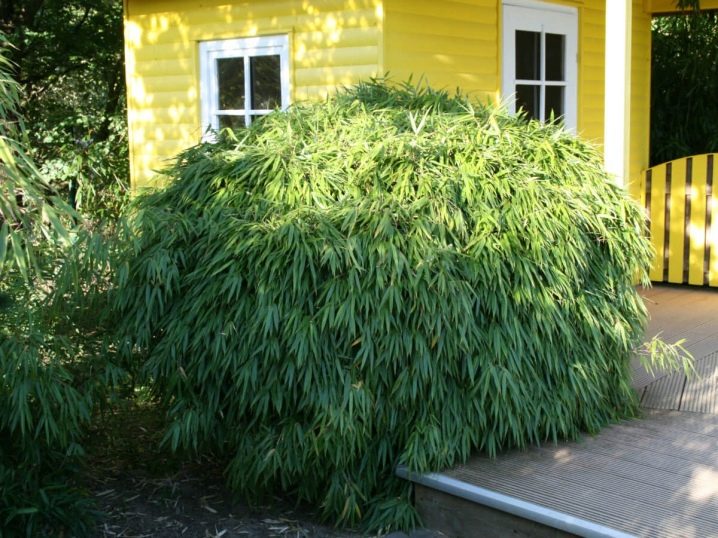
- Indocalamus - a relatively low (about 2 meters) broad-leaved bamboo with short rhizomes and weakly expressed nodes, the homeland of which is China.
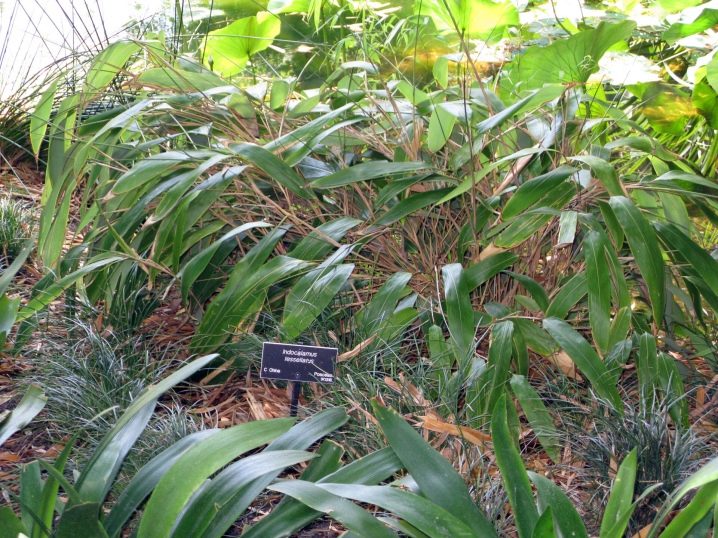
- Pleioblastus - a genus, representatives of which are low-growing, long-rhizome plants native to the Celestial Empire and the Land of the Rising Sun. Some species are characterized by good frost resistance.

- Phyllostachis - bamboos with short internodes. They are distinguished by a creeping root system and bright green leaf plates. In height, their shoots can reach 5.5 m.
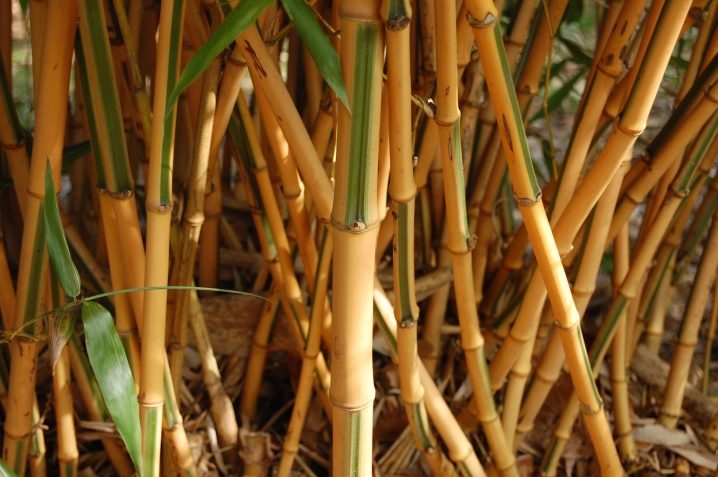
Landing
To plant bamboo in the country, you will need to perform in many ways standard and simplest steps.
-
A hole is made, which in its volume should be twice the root system of the seedling.
-
At the bottom, first place fertile soil with the addition of humus, lightly crush.
-
A seedling in a container (pot) is immersed in water for several hours.
-
As soon as the bubbles cease to rise to the surface, a transfer is performed, that is, bamboo with an earthen clod is transferred from the water to the ground, that is, into the hole.
-
All free space is filled with a substrate prepared from garden soil and humus, tamping it with little effort. It is important that the top layer with a thickness of 2-5 cm does not condense.
-
At the final stage, abundant watering is performed.
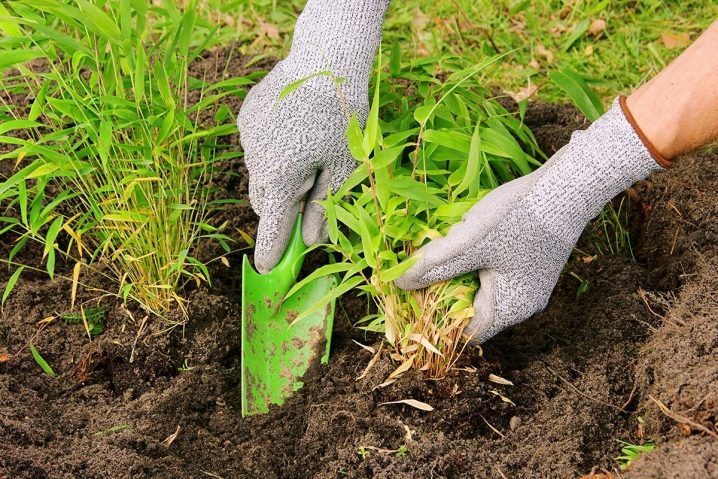
Care
Bamboo belongs to unpretentious plants. However, in order to successfully grow this unique inhabitant of the tropics, fully retaining its decorative properties and other characteristics, it will be necessary to properly care for it. First of all, you need to correctly choose a place and create favorable conditions.
In this case, it is worth focusing on the following key points.
-
Lighting... When determining exactly where the plant will be located, it is recommended to give preference to well-lit places. But it is important at the same time to exclude direct UV rays, since prolonged exposure to them is detrimental to bamboo. At home, when the pot is located on the south window, it is recommended to use ordinary blinds to create an optimal microclimate. They will allow you to effectively regulate the daylight hours for the plant. When reducing the latter, phytolamps are successfully used.
-
Temperature regime... For thermophilic bamboo, the optimum thermometer reading will range from 22 to 32 degrees. When the temperature drops, the leaf plates will quickly curl and darken. In the summertime, it is recommended to take pets outside for taking air baths, which have the most favorable effect on their growth and development.
-
Humidity... Here it is important to remember about the inadmissibility of waterlogging of the soil. Based on this, when transplanting, it is imperative to create a drainage layer. Spray the foliage in hot weather. During the use of heating devices, the plant must be located as far away from them as possible.
-
Preparing for winter. In the first year of the life of bamboo, when the thermometer drops to -17, the rhizome will freeze with a high probability. If the indicators fall to -20 and below, then the parts of the stems that are above the snow cover will die. If there is a possibility of a frosty and snowless winter, then it is recommended to bend the stems to the ground, or rather, to the mulch, and cover them with spruce branches.It is important to take into account that if a young plant will safely endure its first winter, then in the future frosts down to -20 degrees will be harmless for it.
-
Create constraints.
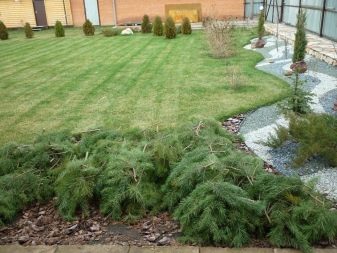
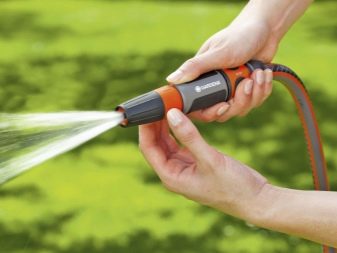
The last point deserves special attention, since at the moment mainly two varieties are cultivated - this is the so-called running and bushy bamboo. The latter, as a rule, grows in rather close groups, without trying to capture the territory of the entire site. The situation with the running species is different: since the roots of these plants are located shallow (5-20 cm), they often spread over the surface of the soil.
So that bamboo does not crowd out other inhabitants of the garden or summer cottage, it will have to be chopped off several times per season and it is imperative to remove all segments that can develop independently from the soil.
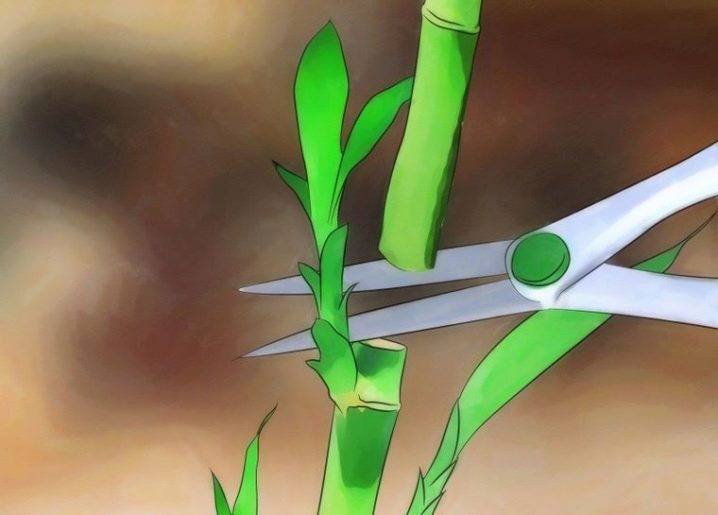
In practice, the construction of restraints along the perimeter of the landing of this fast-growing "occupier" has proved its effectiveness. Slate or sheet metal is buried in the ground up to one and a half meters so that the fence rises about 5-10 cm above the ground. It is important to ensure that the edges of the sheets are not end to end, but go over each other, otherwise the roots will penetrate beyond the limiter.
An alternative is to use a barrier film or a so-called root-barrier. This refers to a flexible, yet tough and durable tape made of plastic and having a 6mm thickness. The height of the tape is from 50 cm to 1 m. As in situations with metal sheets and slate, it is buried along the contour of the area where the bamboo is planted.
It is important to take into account that such a barrier should not be placed vertically, but at a slight angle: so that the upper edge is located a little further from the allocated area than the lower one.
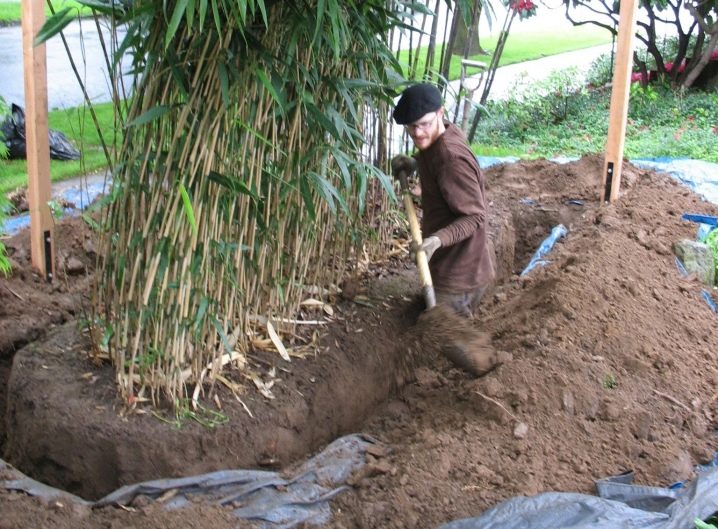
Watering
Immediately after planting the bamboo, it is irrigated quite intensively. In parallel, it is required to mulch the soil with organic matter in order to prevent excessive and rapid evaporation of moisture. As soon as the active growth of the seedling begins, watering is carried out with an interval of 2-3 days.
Predictably, the frequency of procedures and water consumption are determined by the weather and, in particular, by precipitation.
It should be borne in mind that the described grass, like its cereal relatives, is very fond of an abundance of moisture... With its critical shortage, the plant will begin to actively develop its root system on its own. So bamboo tries to get the necessary resource from the depths of the soil.
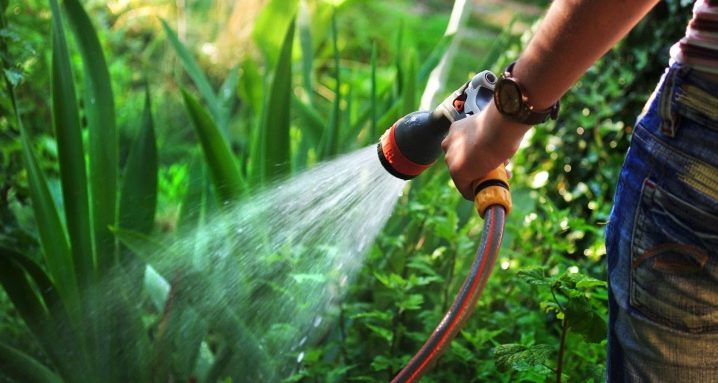
Top dressing
With the onset of the spring months, bamboo will need fertilizers based on nitrogen, potassium and phosphorus in proportions of 4: 2: 3. When applying dressings in autumn, the proportions will look like this:
-
nitrogen - 2 hours;
-
potash - 4 hours;
-
phosphoric - 4 tsp
It is important to remember that after the autumn feeding, it is required to remove old shoots by cutting them off at ground level. In parallel, in winter, the site must be mulched with foliage or pine bark. The mulch layer in this case is about 100 mm. When using organic matter, feeding is carried out monthly throughout the season, until the beginning of the autumn period.
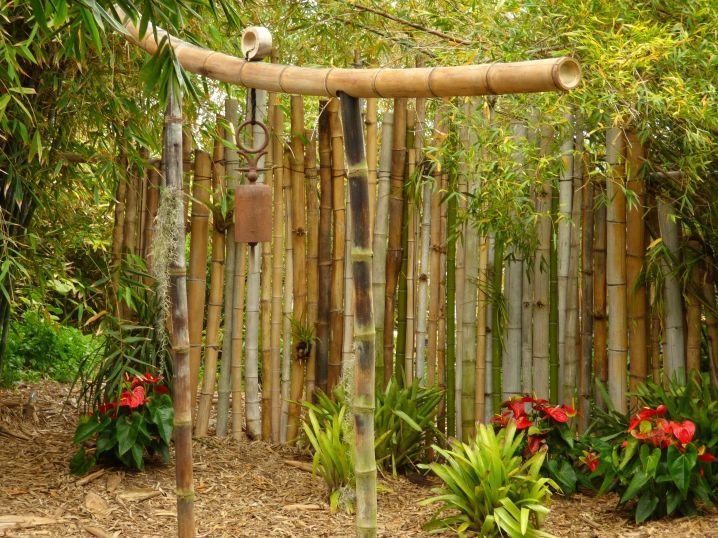
Pruning
Every year in the spring, it is necessary to remove frozen, old and lost stems (trunks) that have lost their decorative properties. Do not forget about such an effective and important agricultural technique as sanitary pruning.
Thinning of bamboo thickets is performed in order to ensure full and uniform illumination of all parts of the plant, including in depth. When performing the appropriate work, it is important to remember that if the stem is cut over the so-called knot, then it is very likely to grow back.
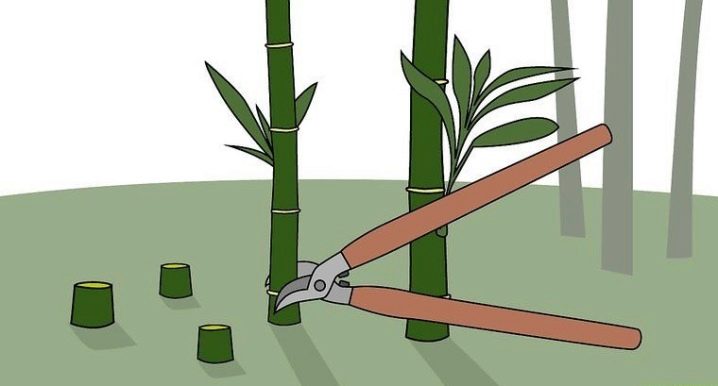
Transfer
Young bamboo is transferred to a new location every year. If we are talking about indoor varieties, then each time it will be necessary to increase the volume of the container. Adults worry about “moving” much less often (no more than every 3 years).
The best times to successfully transplant bamboo at home are April and May... By the way, top dressing during this period is optional. For the first time, mineral fertilizers are used only after 3 weeks.

Reproduction
At the moment, there are three ways of breeding the described plant, exotic for Russia. Bamboo propagates by seeds, cuttings, and by dividing the root system... Each of the methods has certain features, as well as pluses and no less significant minuses.
If we consider seed reproduction, then it is worth noting the laboriousness and low efficiency of the process. This technology is used, as a rule, by experienced gardeners involved in breeding rare varietal varieties.
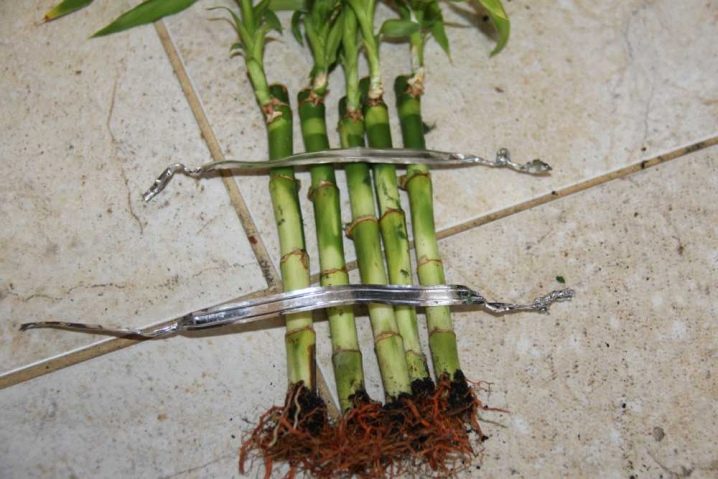
The algorithm itself includes several steps.
-
Place the seeds in moistened gauze until they germinate.
-
Prepare containers with drainage layer and nutrient substrate.
-
Plant seeds that have sprouted.
-
Build a mini greenhouse providing shelter to create a favorable microclimate. Warmth and high humidity will be important factors here.
-
Check the condition of seedlings daily and spray them for irrigation purposes.
-
When the shoots reach 5 cm in height, plant them in separate containers.
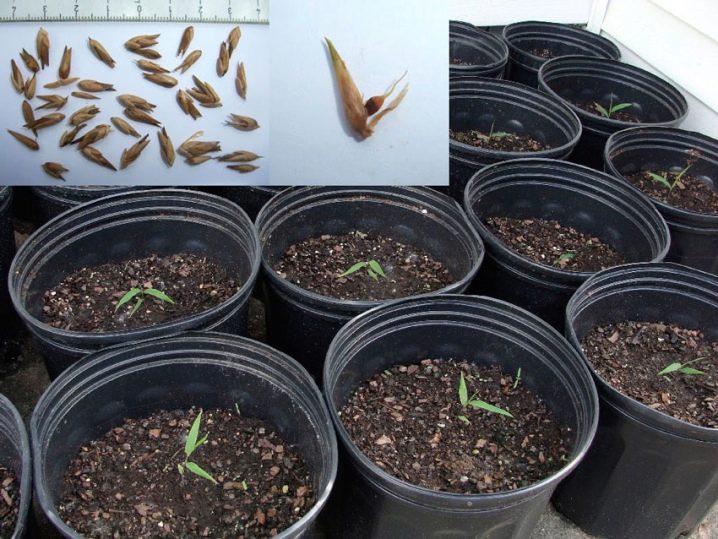
With a planned bamboo transplant, you can achieve two goals at the same time. It is about improving the growing conditions, as well as the possibility of obtaining new specimens. In the second case, it will be necessary to carefully separate the cuttings and plant them in the ground. The main thing is to provide abundant watering at the initial stage, as well as protection from direct sunlight. It will be useful to equip a small greenhouse.
Most suitable for beginners would be to propagate bamboo by dividing the root. Before separating the segments from the rhizome, you need to make sure that there are buds or shoots.
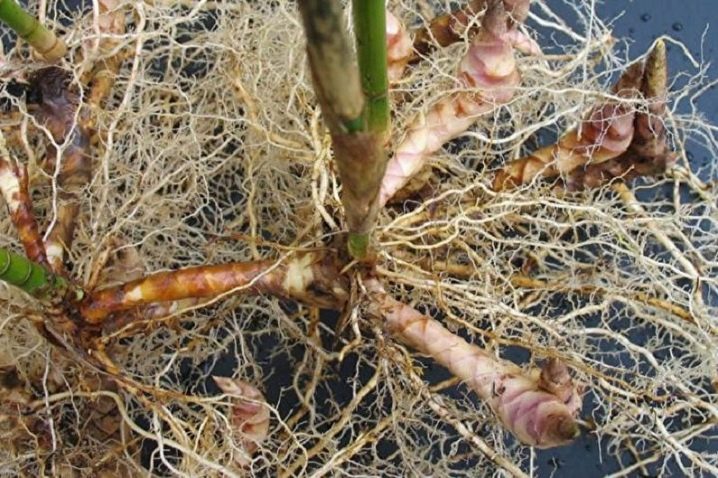
Diseases and pests
Speaking about growing bamboo as a home plant, it should be noted that flower growers have to deal with diseases extremely rarely. But if, nevertheless, an ailment manifested itself, then first of all it is important to understand what exactly the pet is trying to say. So, softening and twisting of sheet plates indicates a lack of heat. Slowdown and cessation of bamboo growth is an indicator of a lack of light and nutrition.
Yellowing of the shoots indicates waterlogging of the soil. In such situations, it is required to take appropriate measures immediately, as the risk of root decay increases. It is necessary to moderate watering and be sure to remove the damaged part of the plant.
If rust spots appear on the leaves, then with a high probability we will talk about infection with a fungus. In this case, it will be necessary to carry out treatment with fungicides.
As the long-term practice of growing bamboo shows, it is resistant to both disease and pest attacks... However, some varieties are very attractive to the worm and spider mite. Effective means of combating the first and second are insecticides and acaricides, respectively.
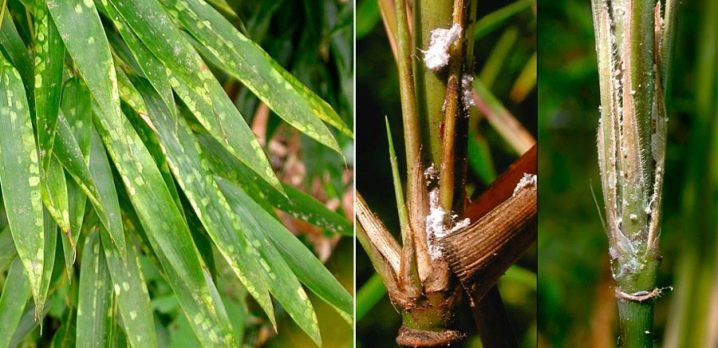



























The comment was sent successfully.